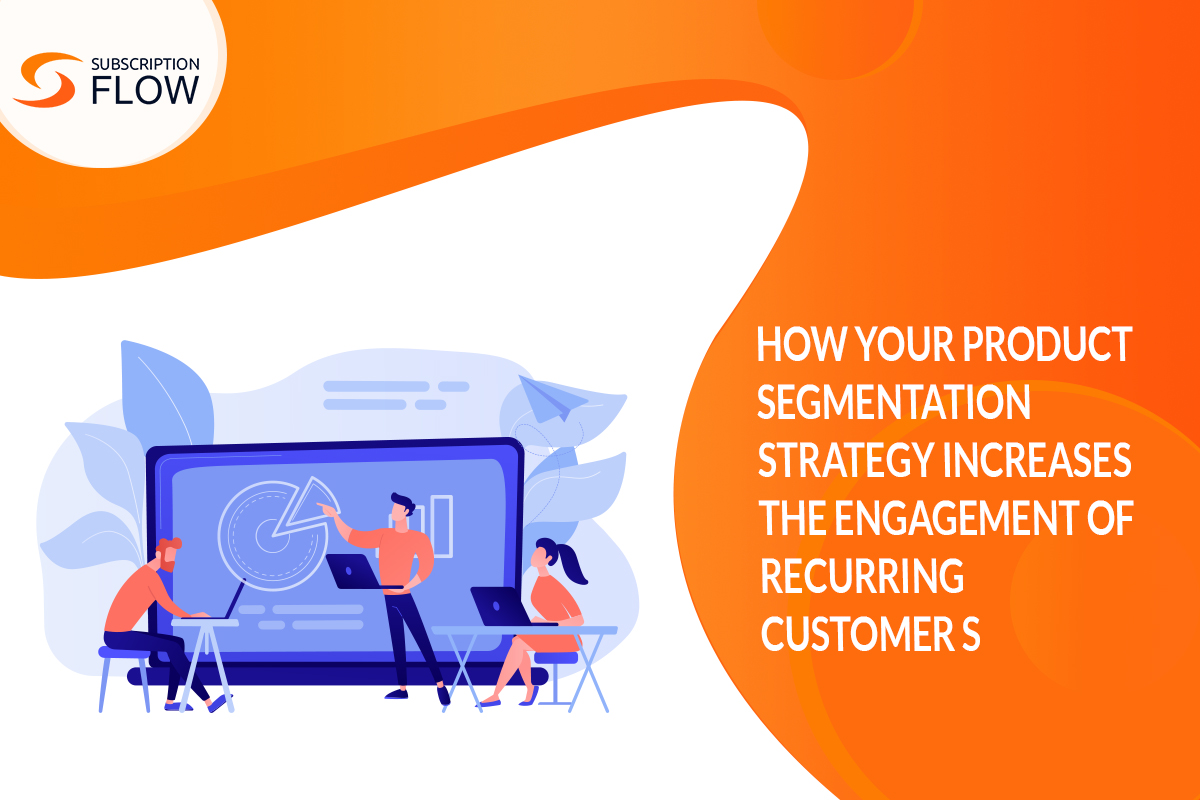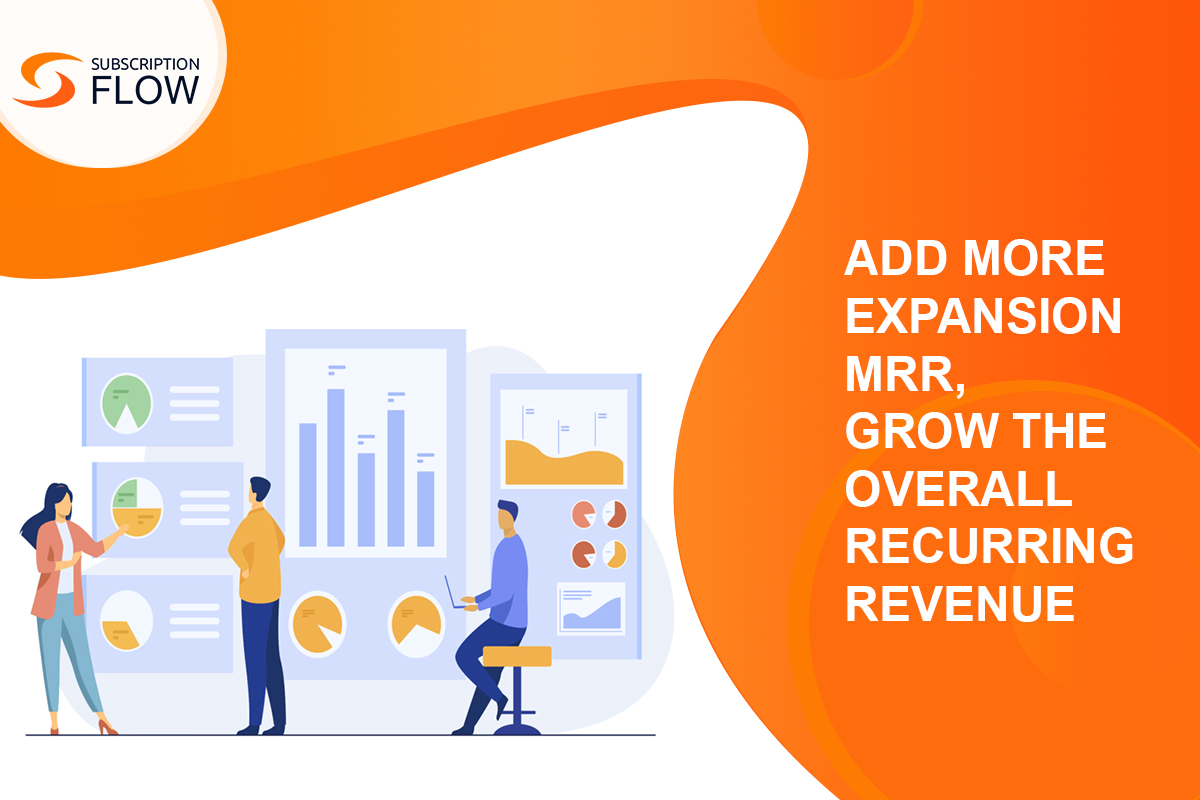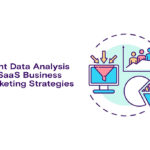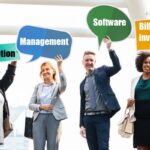
Optimize the Customer Engagement of your SaaS with Product Segmentation
According to Statista, in 2021, the software as a service (SaaS) market is estimated to be worth approximately 123 billion U.S. dollars. There have been launched high-tech business applications that small and medium-sized businesses (SMBs) use. However, the number of businesses is increasing consistently and every business needs a personalized version of the SaaS product.
How to fulfil these varying business needs? Tech companies offering SaaS subscription services cater to the ever-increasing needs of different businesses in the market with product segmentation. And customer segmentation is the prerequisite of product segmentation. If you do not understand your customer success model and have not segmented it, then you cannot devise an effective product segmentation strategy.
Before the customers onboard, you segment them based on demographics and some other factors. Once they have adopted your SaaS product, they can be segmented as active, dormant, or inactive customers. This segmentation helps in segmenting the product and increasing customer engagement.
Before we take you to the details of product segmentation, you need to know some basics.
What Is Product Segmentation?
To understand the concept of product segmentation, you need to consider an example. Suppose, there is a SaaS subscription management software, and it caters to miscellaneous businesses. Different businesses have different business needs. Companies offering subscription handling platforms cannot bring all their resources to develop a business solution altogether from scratch for every new customer that comes to them.
Instead, they use their core product and customize it for the new customers as per their business requirements. So the core functionalities that include subscription billing and payment remain the same. However, payment gateways and third-party integrations can be used to satisfy customers having varying business requirements.
Also Read: The Challenges Of The Recurring Revenue And The SaaS Business’ Growth
Significance of Product Segmentation
Segmenting the product is very important for SaaS businesses because of various reasons. They offer not just software but business solutions. With time, they come up with newer and advanced versions of their SaaS products, and they offer integrations to their customers. All these activities make it compulsory to segment the SaaS product. Following are some of the factors that show the importance of product segmentation:
Catering to Various Customer Groups
When you are part of the subscription business market, you have to deal with customers who would have varying needs. For instance, when we talk about Netflix, they offer Basic to Premium subscription plans so as to cater varying needs of customers. Also, they offer a subscription plan for mobile screen and tablet users. See how they are bringing customers from all dimensions to their streaming services platform.
Meeting the Revenue Targets
Next to product segmentation, there comes price segmentation. It is understood that you not only offer your SaaS product and services to large enterprises but also small businesses and entrepreneurs. So, you need to work on small as well as big SaaS business projects.
Can you charge your customers equally regardless of the size of their business? No!
That’s the point where price segmentation helps. You charge customers as per the nature of their project and set some revenue targets. Price segmentation plays a huge role in meeting the revenue targets, but you cannot segment price uncles you have done product segmentation aptly. The customers can be charged only when you know what they are purchasing from you and how they are going to use it.
Monitoring the Core Product Performance
Offering product segmentation is not only the source of recurring revenue but also enables you to monitor the performance of the core product. For instance, SubscriptionFlow is able to fulfil the business needs of different businesses because it is a flexible and scalable platform. It can integrate third-party applications and payment gateways. When the core system is integrated with other applications, the scalability and flexibility of the SubscriptionFlow product are automatically tested.
How to Segment Your SaaS Product
Now, you will probably be thinking that how do you segment your SaaS product or services. First, you will have to analyse your SaaS product. While analysing your SaaS product you will have to monitor:
- Features and functionalities of your SaaS product
- Cost of the product
- Product value
- Product availability
Second, you will need to observe the performance of some Key Performance Indicators (KPIs). These include the number of active users, conversion rate, and customer retention or churn rate etc. These KPIs can be used to set the customer engagement target.
Role of Product Segmentation in Improving Customer Engagement
It will probably sound cliché to tell you that customer satisfaction is the foundation of the subscription business market, and you cannot increase customer engagement without satisfying your customer base. When customers are satisfied, you get positive feedback. When customers are happy and the feedback is positive, you have a better chance to formulate a workable marketing strategy and engage leads and customers equally.
One of the reasons to segment the SaaS product is to provide customers with what they need and charge them for only what they use.
Segmentation of customers, market and the product helps in creating targeted messages for different customers. You have to use customer data to segment your customer base. When customers are segmented, the situation becomes clearer to segment the product and market it to the relevant clique of people.
If you do not segment the product and customers, you will probably get a response to your marketing emails from very few people. However, segmenting your customers and product can bring you better response and potential leads.
Also Read: How To Segment Your Recurring Customers & Unlock The Door To The Success
Conclusion
To sum it up, product segmentation is interlinked with market and customer segmentation. When a product segmentation strategy is to be formulated, one needs to segment the customer base so that when the product segmentation is done, it can be marketed to the right group of people. Also, you will need to price the product segments rightly so that the margin of price improvisation remains.
If you want to segment your SaaS product, then you need to onboard a robust SaaS subscription services platform. The SubscriptionFlow platform is all available for you, consult with team SubscriptionFlow so that you can segment the product that can bring revenue for you.










